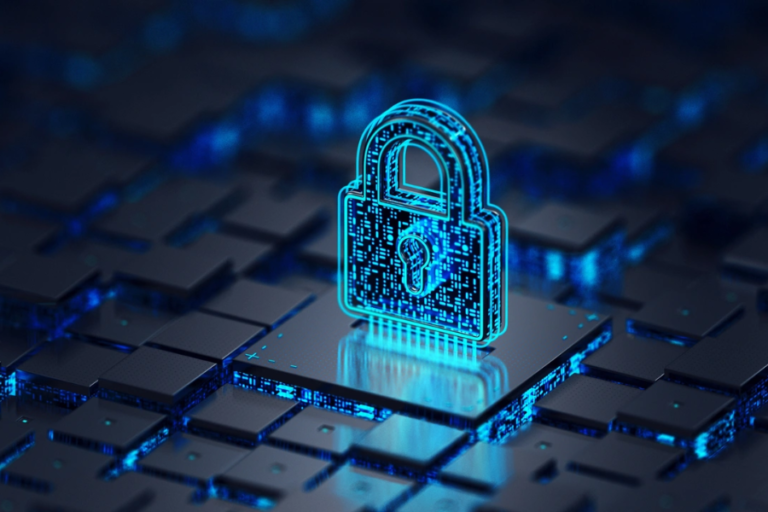Everything You Need to Know About EU-NENCFZS8: A Path to Sustainable Progress
The EU-NENCFZS8 framework is more than just a policy—it’s a cornerstone in the European Union’s mission to champion sustainability and responsibility across multiple industries. As climate change and environmental impacts increasingly influence our world, understanding EU-NENCFZS8 becomes vital for both businesses and consumers. But what exactly does EU-NENCFZS8 cover? How might it impact you, and why is it important? We’ll go over the main points of EU-NENCFZS8 in this guide, including its objectives, important specifications, and possible effects on business and society. Whether you’re a business leader preparing for new compliance standards or a consumer keen on sustainable choices, EU-NENCFZS8 is something worth exploring.
Key Features and Goals of EU-NENCFZS8
EU-NENCFZS8 introduces a range of provisions that aim to strengthen sustainability and accountability. This framework is designed to address environmental issues head-on by setting stricter regulations for sectors across the European Union.
- Enhancing Resource Efficiency: One of the primary goals of EU-NENCFZS8 is to promote resource efficiency. To lessen their impact on the environment, businesses are urged to employ all available resources and cut waste.
- Promoting Supply Chain Transparency: EU-NENCFZS8 also mandates that companies disclose details about their sourcing and supply networks.Being open and truthful about their procurement procedures is one way for businesses to show their dedication to sustainable and ethical sourcing.
- Strengthening Consumer Protection: Under EU-NENCFZS8, consumers can look forward to increased product safety and quality standards. This means higher confidence in the sustainability and safety of products available on the market.
- Encouraging Cross-Border Collaboration: EU-NENCFZS8 promotes cooperation between member states to boost innovation and share best practices. The objective is to foster a collaborative, EU-wide approach to achieving a greener future.
Impact of EU-NENCFZS8 on Businesses and Consumers
The impact of EU-NENCFZS8 will be felt across the European business landscape, especially as companies adjust to meet its standards. Compliance with EU-NENCFZS8 often requires investments in technology, training, and new operational practices, posing particular challenges for smaller companies with limited resources.
For consumers, EU-NENCFZS8 can mean increased transparency about products and their environmental impacts. As brands follow EU-NENCFZS8 guidelines, consumers will likely be better informed about their purchases, helping them make more environmentally friendly choices.
On the business side, companies embracing EU-NENCFZS8 can gain a competitive advantage, appealing to consumers who prioritize sustainability. While adapting to EU-NENCFZS8 standards can be complex, it offers companies a unique opportunity to improve their brand reputation, align with consumer values, and attract loyalty.
A Guide to EU-NENCFZS8 Compliance
For companies to comply with EU-NENCFZS8, they’ll need a well-thought-out strategy:
- Familiarize with the EU-NENCFZS8 Framework: Each industry has specific requirements, so understanding the exact EU-NENCFZS8 guidelines relevant to your business is critical.
- Internal Audit and Assessment: Conduct an audit of your current practices to identify any gaps with EU-NENCFZS8 requirements. This assessment will form the basis for a tailored compliance plan.
- Train Your Team: Ensure your staff is fully aware of EU-NENCFZS8 standards and their roles in maintaining compliance. Training fosters a culture of accountability and awareness.
- Maintain Accurate Records: Keep thorough documentation of all compliance measures. EU-NENCFZS8 compliance inspections will require businesses to demonstrate their efforts and adherence to regulations.
- Continuous Monitoring: Set up systems to regularly assess compliance with EU-NENCFZS8. Staying informed about updates and changes within EU-NENCFZS8 is essential to long-term adherence and effectiveness.
Environmental and Societal Benefits of EU-NENCFZS8
EU-NENCFZS8 represents a forward-looking approach to sustainability, with benefits that extend beyond compliance:
- Driving Green Innovation: EU-NENCFZS8 encourages companies to innovate in eco-friendly practices, fostering a culture of sustainability within product design and production.
- Improving Supply Chain Clarity: EU-NENCFZS8’s focus on transparency allows consumers to make more informed choices, empowering them to support products that align with their environmental values.
- Creating Green Jobs: As businesses adapt to EU-NENCFZS8’s requirements, job opportunities in sustainable sectors—such as renewable energy and eco-friendly manufacturing—are likely to grow.
- Enhancing Public Health and Biodiversity: By promoting sustainable practices, EU-NENCFZS8 contributes to cleaner air, water, and overall healthier communities. These benefits directly support both human well-being and biodiversity.
Issues and Rebuttals to EU-NENCFZS8
Despite its benefits, implementing EU-NENCFZS8 isn’t without hurdles:
- Impact on Small Businesses: Complying with EU-NENCFZS8 may be difficult for smaller businesses that lack the resources needed for rigorous compliance, possibly creating disadvantages within the market.
- Cost Increases for Consumers: EU-NENCFZS8 compliance often entails additional expenses for companies, which could lead to increased prices for consumers.
- Inconsistent Enforcement: The potential for variation in enforcement across member states is a concern, as inconsistent application of EU-NENCFZS8 regulations may create uneven conditions for businesses.
- Criticism of Effectiveness: Some question whether EU-NENCFZS8 effectively addresses critical environmental issues or merely satisfies a regulatory checkbox for businesses. This skepticism reflects a broader concern over transparency and accountability within regulatory frameworks.
What’s Next for EU-NENCFZS8?
As industries continue to adjust to EU-NENCFZS8, it is likely that the framework will evolve to stay relevant in a world of rapid technological and environmental change:
- Integration of Advanced Technology: Innovations like data analytics and environmental monitoring could enhance EU-NENCFZS8 compliance, making it easier for companies to align their operations with the standards.
- Rising Public Awareness: Growing public demand for sustainability is putting pressure on businesses to uphold EU-NENCFZS8 standards, fostering greater accountability across industries.
- Global Influence: As the world increasingly prioritizes sustainable practices, EU-NENCFZS8 may serve as a model for similar initiatives internationally, encouraging a unified, global approach to environmental challenges.
Conclusion
The EU-NENCFZS8 framework is not just about regulation—it’s about building a sustainable future. Its push for transparency, environmental responsibility, and accountability is transforming how businesses operate and how consumers interact with the market. While the journey to full compliance with EU-NENCFZS8 may present obstacles, the long-term benefits for society and the environment are substantial. Embracing EU-NENCFZS8 is an investment in a cleaner, more sustainable future for all.
As businesses and consumers alike continue to adapt, staying updated on EU-NENCFZS8 developments will be essential. By understanding EU-NENCFZS8, we not only ensure compliance but also contribute to a greener, more responsible world.
Keep an eye for more news & updates on InspireBreaking!






